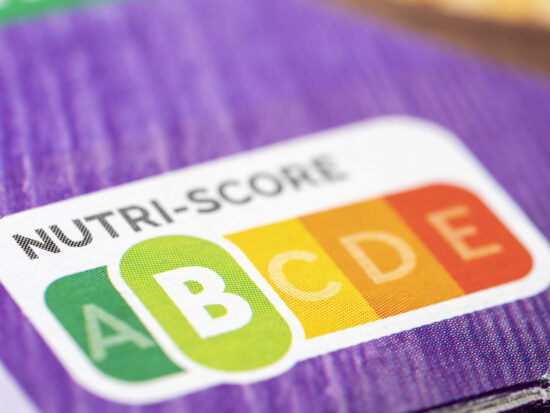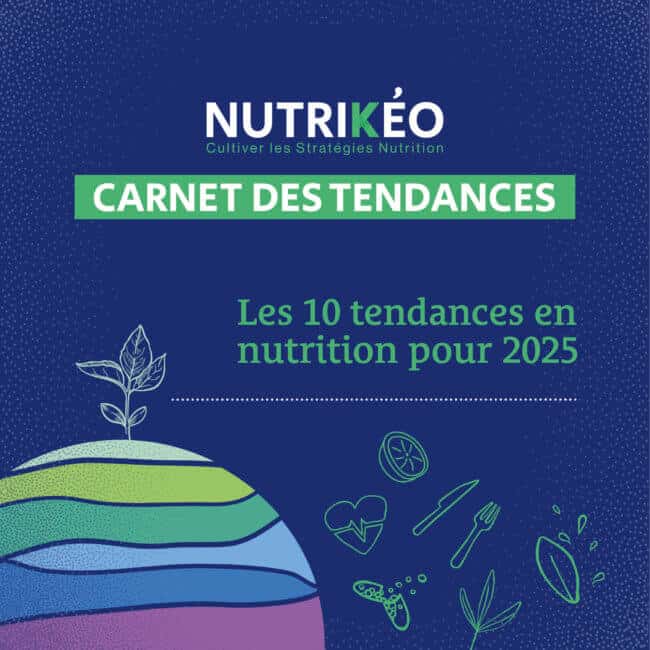In the fiercely competitive japanese market, anything goes to stand out, even being transparent! Beer, coffee, tea and sodas, the big firms are revising their recipes to offer completely colourless beverages.
Asahi, Suntory, Kirin and even Coca-Cola are trying to create the new drink coveted by the Japanese. Apart from the fact that the inhabitants of this archipelago are 127 million potential consumers in a very restricted area, they are also surrounded by close to 50 000 convenience stores open 24 hours a day. A perfect situation to awake the buying impulse and offer the possibility to buy a drink at any time.
Surfing the health trend of the moment
Transparency reminds people of water, symbol of natureness. As simple as this, the Japanese want their drinks to be more natural and have invited famous brands to offer them these clear drinks. The multinational Coca-Cola has dedicated more than a year to the development of the colourless version: “Coca-Cola Clear”. A Coke without calories that has a surprising taste, but what really matters is its transparency.
Transparent beer or coffee… clear drinks are taking over
To take things further, these drinks are packaged as if they were bottles of mineral water. Suntory, the Japanese group that owns Orangina, has launched a non-alcoholic transparent beer for employees to drink in the office without anyone noticing. Japan often serves as a playground for industry giants’ first experiments. But can these no-calorie drinks be exported internationally in the coming year? In any case, a first attempt is under way in England with « Clear Coffee », a transparent espresso that doesn’t stain your teeth!
Is there a nutritional interest in transparent beverages?
Transparent coffee inventors claim their “clear coffee” to be without preservative, flavor enhancer, stabilizer, sugar or sweetener. For the Japanese market, it is more for the appearances to emphasize the naturality of the product. Admittedly, these beverages provide a low caloric intake and are colorant free, but they use similar manufacturing processes. Their new look is purely aesthetic and do not really take into account the nutritional intake.













